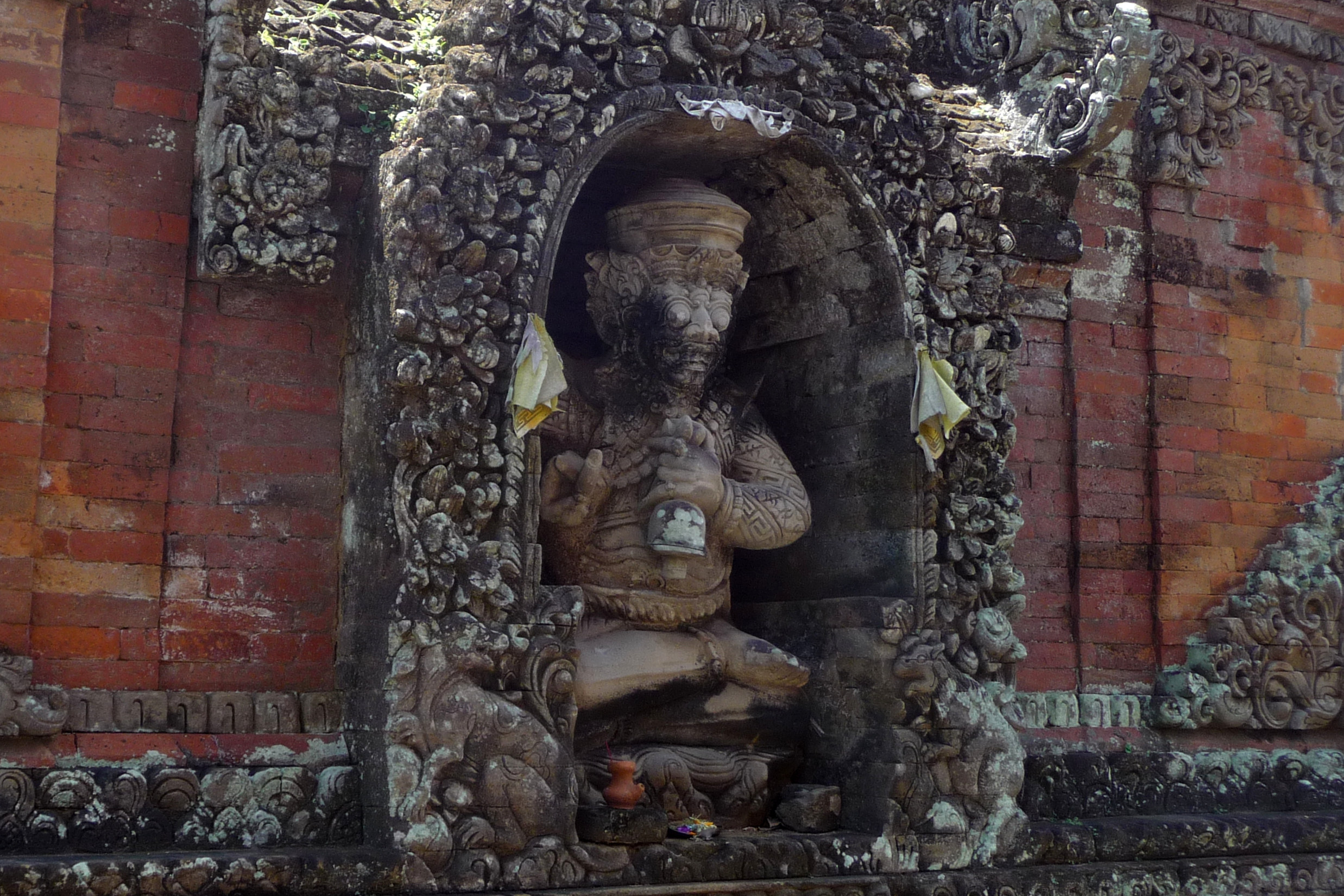Vajramahākāla and the śaivasaugata rulers of Dharmāśraya and Siṅhasāri
DOI:
https://doi.org/10.46586/er.13.2022.9678Keywords:
Hindu-Buddhism, Tantrism, Mahākāla, Indonesia, transfer, tradition, kingshipAbstract
Impressive images of a ferocious deity holding a cleaver and skullcup emerged in precolonial Sumatra. The deity is depicted with a female partner on the sword Mandākinī, and as a monumental statue found at Dharmāśraya in the Sumatran highlands. These images are often said to represent (the Śivaite) Bhairava and king Ādityavarman (c. 1294–1374), but they have overt marks of Buddhist affiliation. It is shown here that they represent Vajramahākāla, as described in the Buddhist Ḍākinīvajrapañjaratantra, and the bloodthirsty Kālī. Comparative photographic analysis confirms that the monumental Vajramahākāla is concurrently a portrayal of Kṛtanagara (r. 1268–1292), śaivasaugata ruler of the Javanese Siṅhasāri dynasty and overlord of Dharmāśraya. Vajramahākāla’s appeal as a unity figure for late Hindu-Buddhist polities is further illuminated by the careers of two Indians in the region, Tribhuvanarāja of Dharmāśraya (r. 1286) and the itinerant paṇḍita Gautamaśrī (fl. 1248–1268).
Published
Versions
- 2022-07-15 (2)
- 2022-07-15 (1)
Issue
Section
License
Copyright (c) 2022 Iain Sinclair

This work is licensed under a Creative Commons Attribution 4.0 International License.

